Ocean Dead Zones
Oceanographers are using robotic undersea "gliders" to study "dead zones" in the seas. Agricultural runoff, carried to the ocean by rivers, can cause plankton blooms which lower oxygen levels in the water. Lacking oxygen, many marine creatures die. Climate change may influence the frequency and extent of these blooms.
Right-click (Windows) or Option-click (Mac) here to download a copy of this video in QuickTime format.
You might also be interested in:
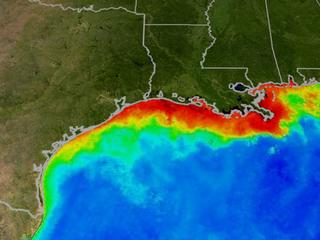
Plants need nitrogen. It is a nutrient that allows them to grow larger and faster. Plants are not able to make use of the nitrogen gas in the atmosphere, two nitrogen atoms bonded together. It is not a
...more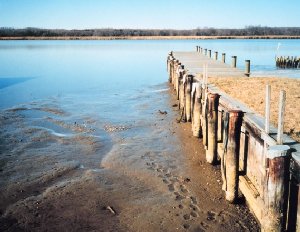
Many people are aware of the fact that water can be contaminated from trash, oil spills, sewage, fertilizers, and chemicals from factories. Few realize that water can also be contaminated from air pollution
...more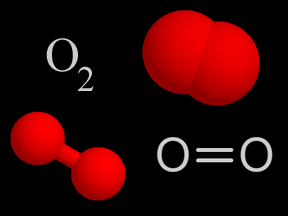
Oxygen is a chemical element with an atomic number of 8 (it has eight protons in its nucleus). Oxygen forms a chemical compound (O2) of two atoms which is a colorless gas at normal temperatures and pressures.
...more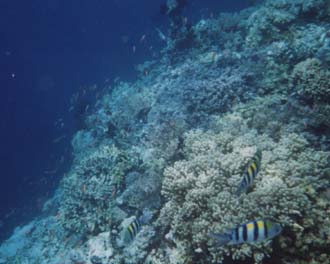
The world's surface air temperature increased an average of 0.6° Celsius (1.1°F) during the last century according to the Intergovernmental Panel on Climate Change (IPCC). This may not sound like very
...more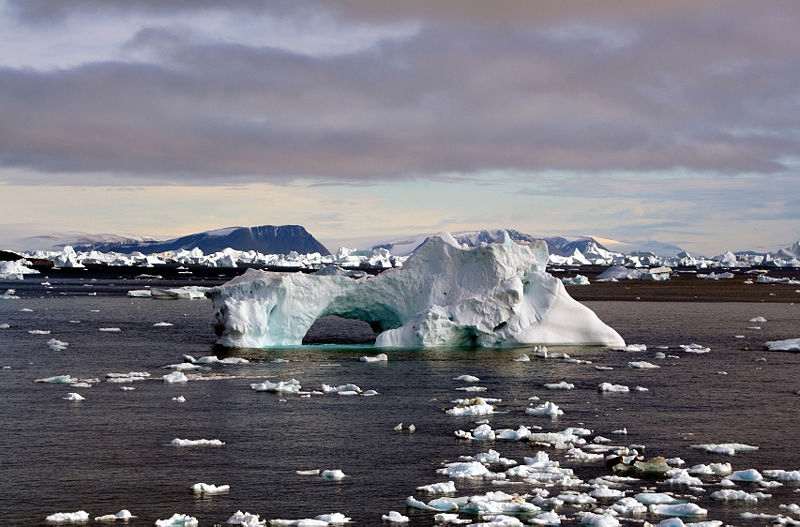
Many educators are now finding opportunities to teach about Earth's climate and climate change in their classrooms. Windows to the Universe provides an interlinked learning ecosystem to a wealth of resources
...more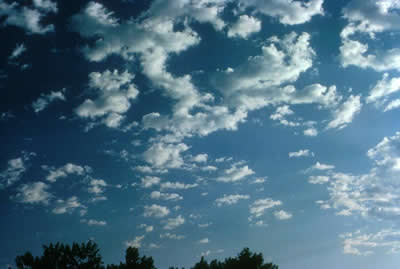
Altocumulus clouds (weather symbol - Ac), are made primarily of liquid water and have a thickness of 1 km. They are part of the Middle Cloud group (2000-7000m up). They are grayish-white with one part
...more
Altostratus clouds (weather symbol - As) consist of water and some ice crystals. They belong to the Middle Cloud group (2000-7000m up). An altostratus cloud usually covers the whole sky and has a gray
...more














